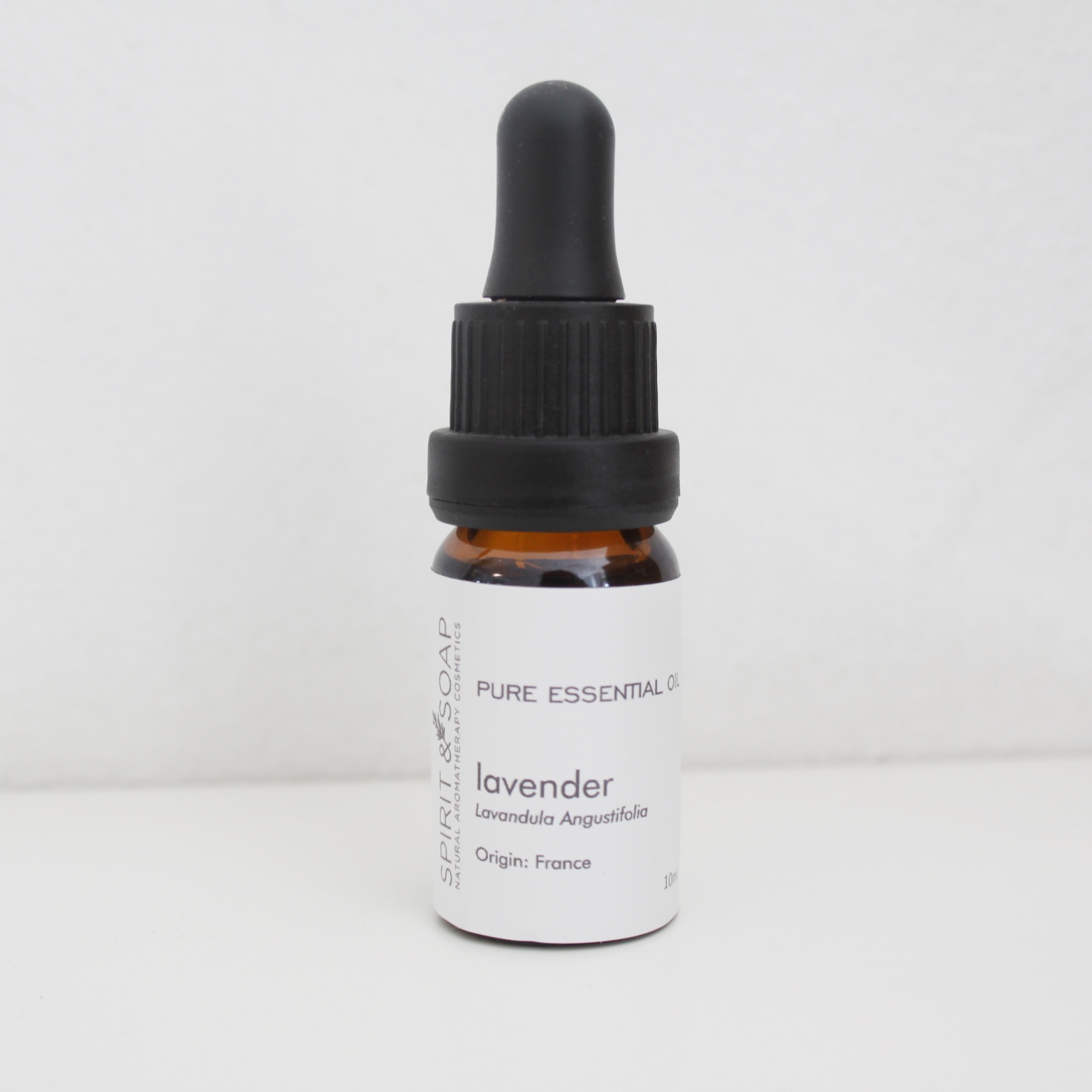Many fake and chemical ‘essential oils’ are out there waiting on the shops’ shelves to enter your home. If you are new to the essential oil world or if you already have some of those scented liquids let’s see together some criteria to find out their purity. There are some easy steps that you should know in order to make sure you are buying The good stuff.
But, let’s start with this:
Why is it important to buy authentic and pure essential oils?
Essential oils that have been altered will simply not deliver the health benefits that you were expecting. At worst, those synthetic chemicals can cause many disorders especially by inhalation and if applied on the skin. Be aware that by diffusing chemical fragrances instead of essential oils tiny drops are entering your lungs and stay there. They might have nice and strong aroma but they are really harmful for your health.
What ‘pure essential oil’ means?
Essential oils are volatile concentrated liquids (easily evaporated at normal temperatures). They are mostly plant extracts generally extracted by distillation or mechanical methods. They are extracted from plant’s buds, flowers, bark, seeds, leaves, twigs, herbs, wood, fruits, resins, and roots. It’s the plant’s spirit in a way!
That means essential oils should be free from chemical filters, oils. Essential oils are the extracted plants volatile liquid.
And now straight to the subject:
Some advice for the identification of the purity of essential oils:
If you do not want to have a laboratory testing for the purity of your essential oils let’s see some easy ways to detect the pure essential oils from the fake ones.
- The label of a 100% pure essential oil must contain some information.
 ‘Pure essential oil’ or ‘authentic essential oil’, or something similar should be written on it. Bottles with titles such as Essential oil, fragrant oils etc do not ensure a 100 % pure essential oil. On the labels the latin name of the family of the plant must be included. For example, Lavandula Angustifolia and not only the common name of the product (lavender). The country origin of the essential oil should preferably be included as well.
‘Pure essential oil’ or ‘authentic essential oil’, or something similar should be written on it. Bottles with titles such as Essential oil, fragrant oils etc do not ensure a 100 % pure essential oil. On the labels the latin name of the family of the plant must be included. For example, Lavandula Angustifolia and not only the common name of the product (lavender). The country origin of the essential oil should preferably be included as well.
- The second factor, and a very indicative one, is the price. Many essential oils are really cheap but some of them are really pricy. There is a reason for that! For example, rose essential oil and in general flowers’ essential oils are extremely pricy due to the big quantities of petals needed to extract a single drop of those precious oils. Aroma of 30 roses is concentrated in a single drop of rose essential oil. So, if you see rose ‘essential oil’, jasmine or vanilla for less than €60-70 per 10ml you have to be suspicious of the authenticity and purity of the essential oils of the specific brand.
- Some plants like violets or vanilla cannot give essential oil. If by any chance you get to see a violet or vanilla essential oil on a shelf, have in mind that this cannot be true. The only thing you can trust as being pure and natural is the denomination “vanilla absolute” or “violet absolute”. “Absolute” is a completely different procedure and definitely not an “essential oil”.
- The bottle is another criterium. Essential oils are light sensitive and the productors know it. Pure essential oils are kept in amber glass bottles usually with dropper.
- If all this cannot convince you that you are going to buy a 100% pure essential oil, just ask the seller for the certifications of the product.
The purity of essential oils is undeniably important, whether you are an aromatherapy practitioner or simply enjoying some essential oils at home. It is critical to use pure, quality, unaltered essential oils.
